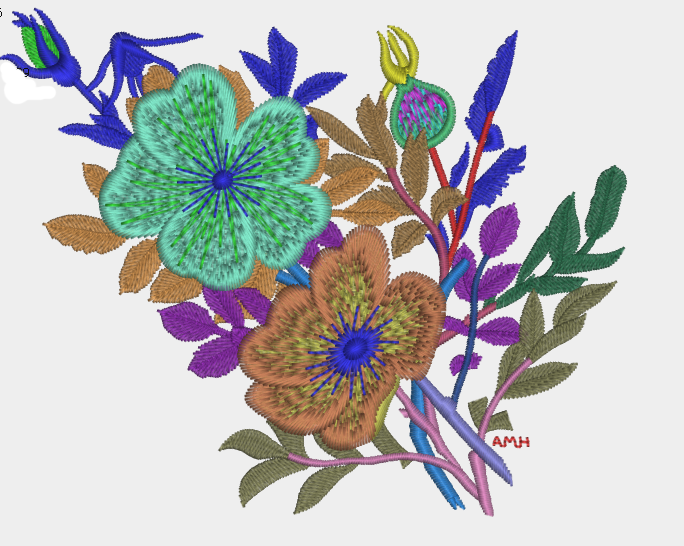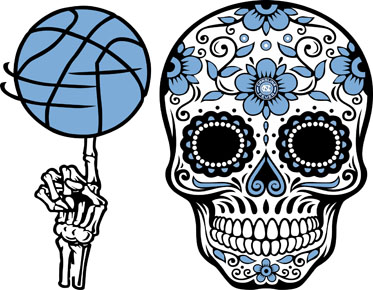Essential Knowledge for Beginners: Introduction to Embroidery Stitch Types
Embroidery is a beautiful art form that has been practiced for centuries. The intricacy and detail of embroidery designs make them truly unique and eye-catching. However, to create a successful embroidery project, it's essential to have a basic understanding of embroidery stitch types. In this article, we will introduce you to embroidery stitch types and their respective applications.
What Are Embroidery Stitch Types?
Embroidery stitch types refer to the different techniques used to create designs on fabrics using needle and thread. Each stitch type has its unique appearance, texture, and purpose. Understanding the different types of embroidery stitch types is crucial to creating a successful embroidery project.
Types of Embroidery Stitch
Straight Stitch: This is the most basic and commonly used stitch type in embroidery. You can create thick lines by repeating a straight stitch many times. Note that straight stitches are not just for straight lines, they can be used for curved shapes too!
Straight Stitches are most commonly used for shading, outlining and detailed work.
Chain Stitch: Chain stitch is a popular embroidery stitch that is created by looping the thread back on itself to form a chain-like pattern. It is commonly used for outlining designs, adding texture, and creating unique patterns on fabric. Chain stitch can be used with a variety of thread types, including cotton, silk, and wool, and it can be used to create both thick and thin lines.
It is perfect for outlining and adding texture to designs.
Satin Stitch: Satin stitch is a versatile embroidery stitch that is used to fill in larger areas of fabric with a smooth and satin-like texture. This stitch type is commonly used in embroidery to create a solid and even coverage of thread on the fabric, making it a popular choice for creating larger designs and patterns.
Satin stitch is an excellent choice for creating a bold and vibrant embroidery design. It's commonly used in creating monograms, logos, and large decorative designs on clothing, linens, and home decor items. With practice and attention to detail, anyone can master the satin stitch and create beautiful embroidery designs.
Fill Stitch: Fill stitch is a type of embroidery stitch used to fill in larger areas of fabric with thread, creating a solid, dense, and even surface. This stitch type is often used to create backgrounds or large blocks of color in embroidery designs. Fill stitch can be done in a variety of directions, including horizontal, vertical, diagonal, or a combination of these.
To create a fill stitch, the embroidery machine moves back and forth across the area to be filled, creating a series of parallel lines of stitching. The lines of stitching are usually close together and may overlap slightly to create a dense and solid appearance. The density of the stitching can be adjusted to achieve the desired effect.
Running stitch: it is one of the simplest and oldest types of hand embroidery stitches. It involves a continuous straight stitch made by bringing the needle up through the fabric and then down again, creating a line of closely spaced stitches.
One of the most common uses of running stitch is to create an outline or border for a design. By varying the spacing and length of the stitches, the stitch can create different effects, such as a dashed line or a solid line. Running stitch can also be used to create a grid pattern or to hold layers of fabric together before sewing them permanently.
Underlay stitch: Underlay stitch is a type of embroidery stitch that is used as a foundation for other decorative stitches. It is typically not visible in the final design and is used to stabilize the fabric and prevent distortion during the embroidery process. Underlay stitch is often used when embroidering on stretchy or unstable fabrics, as it helps to keep the design in place and prevents it from shifting or puckering.
Embroidery stitch types are an essential
aspect of the embroidery process. Each stitch type has its unique appearance
and purpose, making them suitable for different applications. Understanding the
different types of embroidery stitch types will help you create beautiful and
successful embroidery projects. You can also contact the personnel at Eagle Digitizing for professional assistance. We provide 24-hour service, reasonable
prices, fast turnaround, and offer free revisions until you are completely
satisfied.



